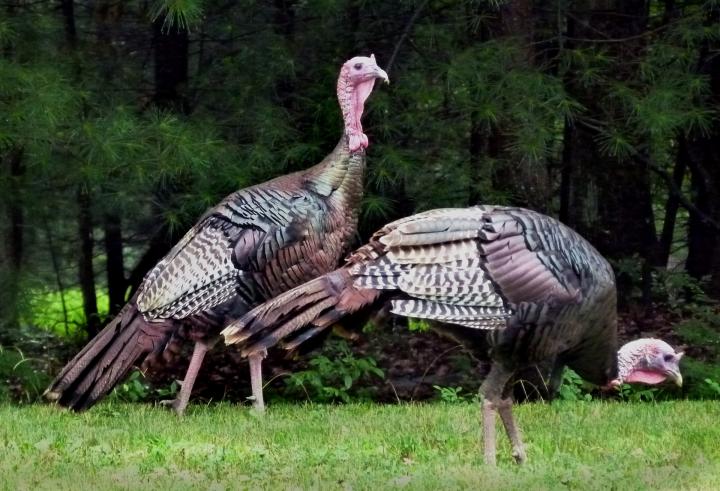
Subhead
All About Wild Turkeys
More Like This
Just keep in mind the part about the difference between a "store-bought, factory farm raised" turkey and the turkey straight from a REAL farm. A real farm turkey needs to cook muich longer, will taste significantly different, & is usually greasy compared to it's store counterpart.
We bought a farm-raised organic turkey one year a while back and it was certainly not what we were expecting.
All Spring, Summer and early Fall I have turkeys strutting through the yard all day long and at night they roost in my tall oak trees. Around about the beginning of November, as the trees begin to shed their leaves, the turkeys disappear. There is little "deep" woodland around my home so I was wondering where the turkeys go from early November until they return in the Spring?
probably flew south for winter
Fact: There have been more "Turkey" drives than "Cattle" drives in America's history.
Some of the turkey drives were done to feed the railroad workers. In California, if you request it, they will send you a map of the turkey drives, and when they occured!










Comments